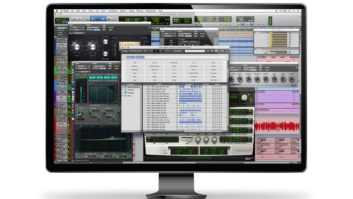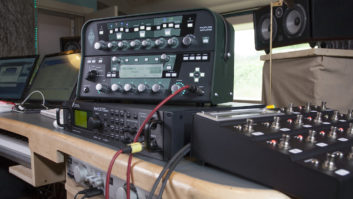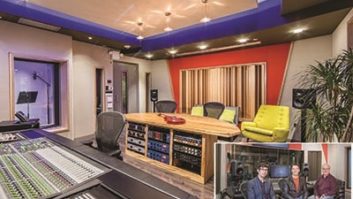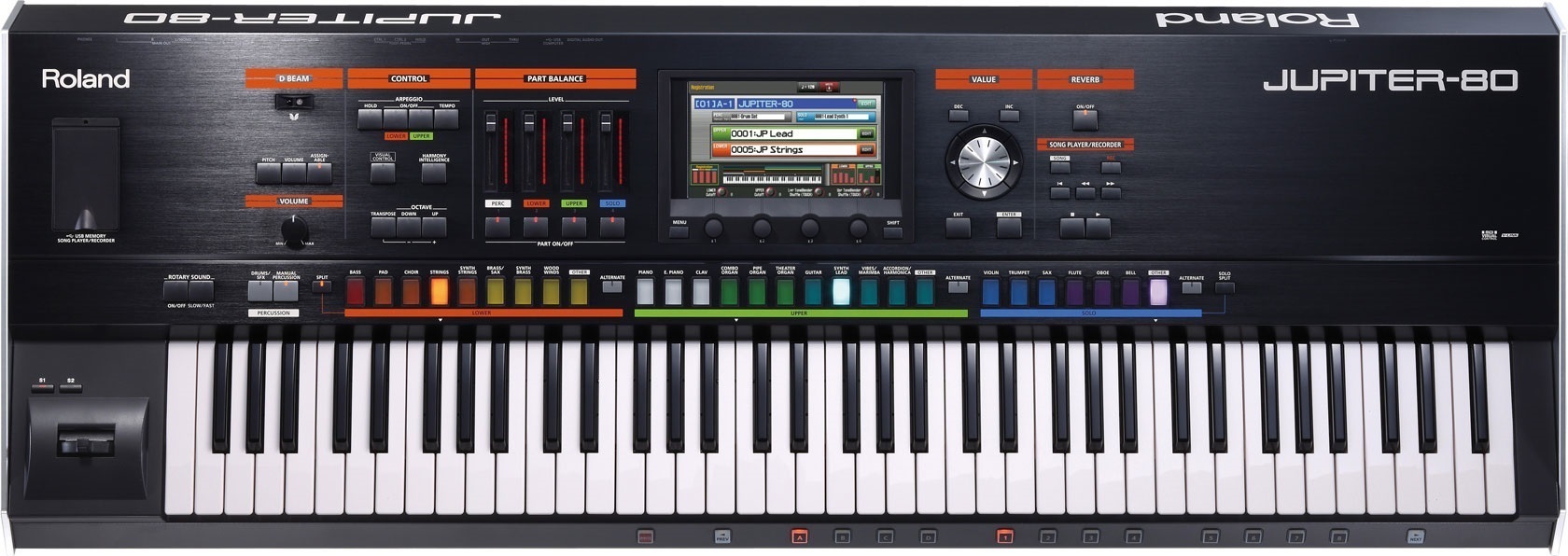
Before the turn of the century, keyboards were on a race to the bottom in terms of cost. Digital technology made it possible to produce very inexpensive keyboards with an interface that consisted of an LCD panel and a few buttons. Ultimately, though, that wasn’t enough—keyboards started adding features and functionality (and prices rose) because that’s what professionals needed. Eventually, Dave Smith Instruments had its comeback with analog-based synthesizers, the Korg Kronos appeared and Roland’s Jupiter-80 staked its claim to the high end.
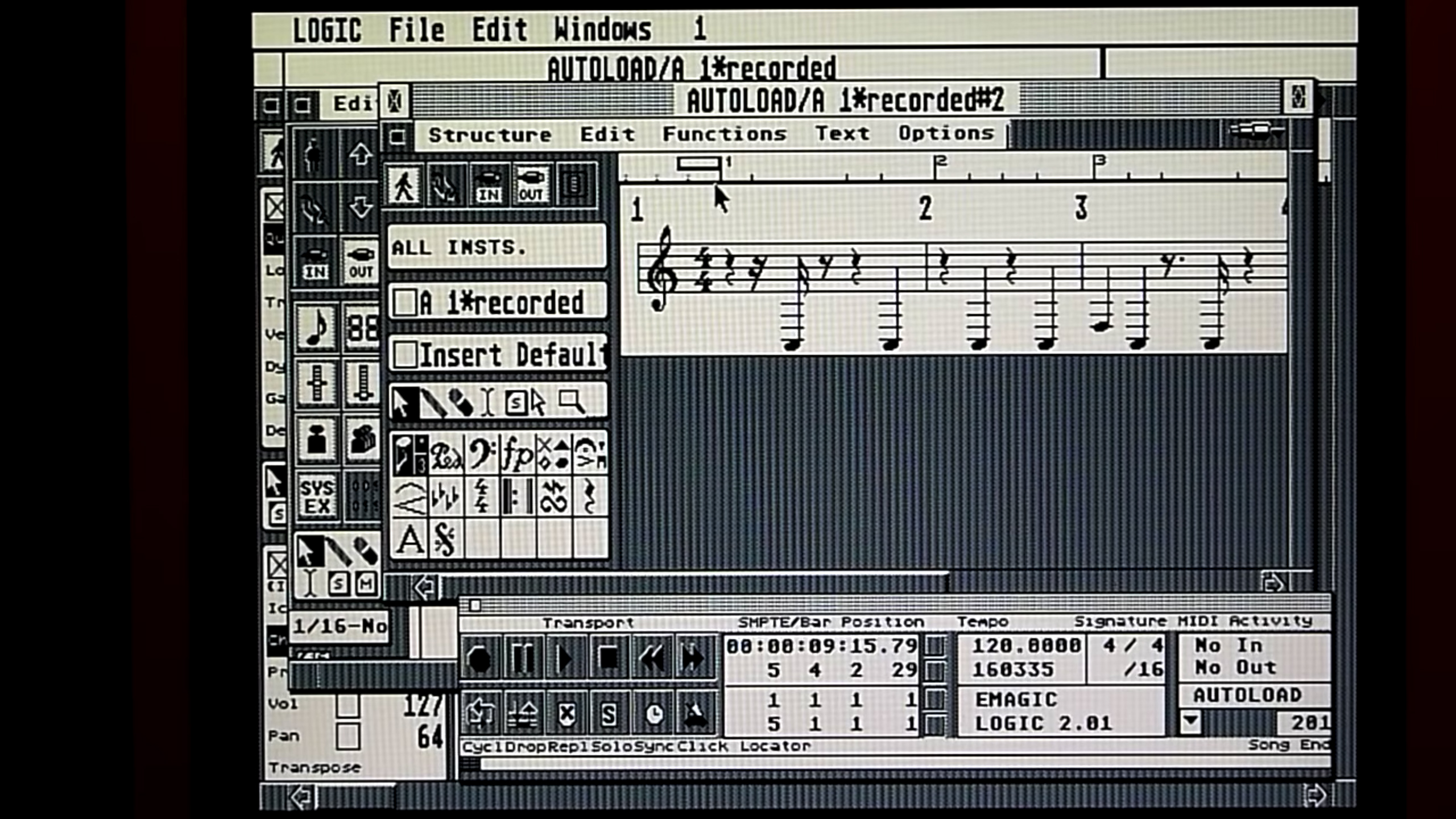
We’ve seen pro audio software prices drop drastically over the years. The Emagic Logic package that sold for $999 is now Apple Logic for $199. Digital Performer 3 was $795; Digital Performer 10 is $499, a 40 percent drop. Cubase has followed a similar curve. One could argue that a lot of the code base has already been developed, so companies could afford to reduce prices in the updated models. What’s more, costs are lower because software no longer ships on physical media. Nonetheless, development is ongoing to add new features and retain compatibility with changing operating systems and increasingly powerful CPUs/GPUs. You also have to factor in the cost of new customer acquisition—not everybody pays to upgrade.
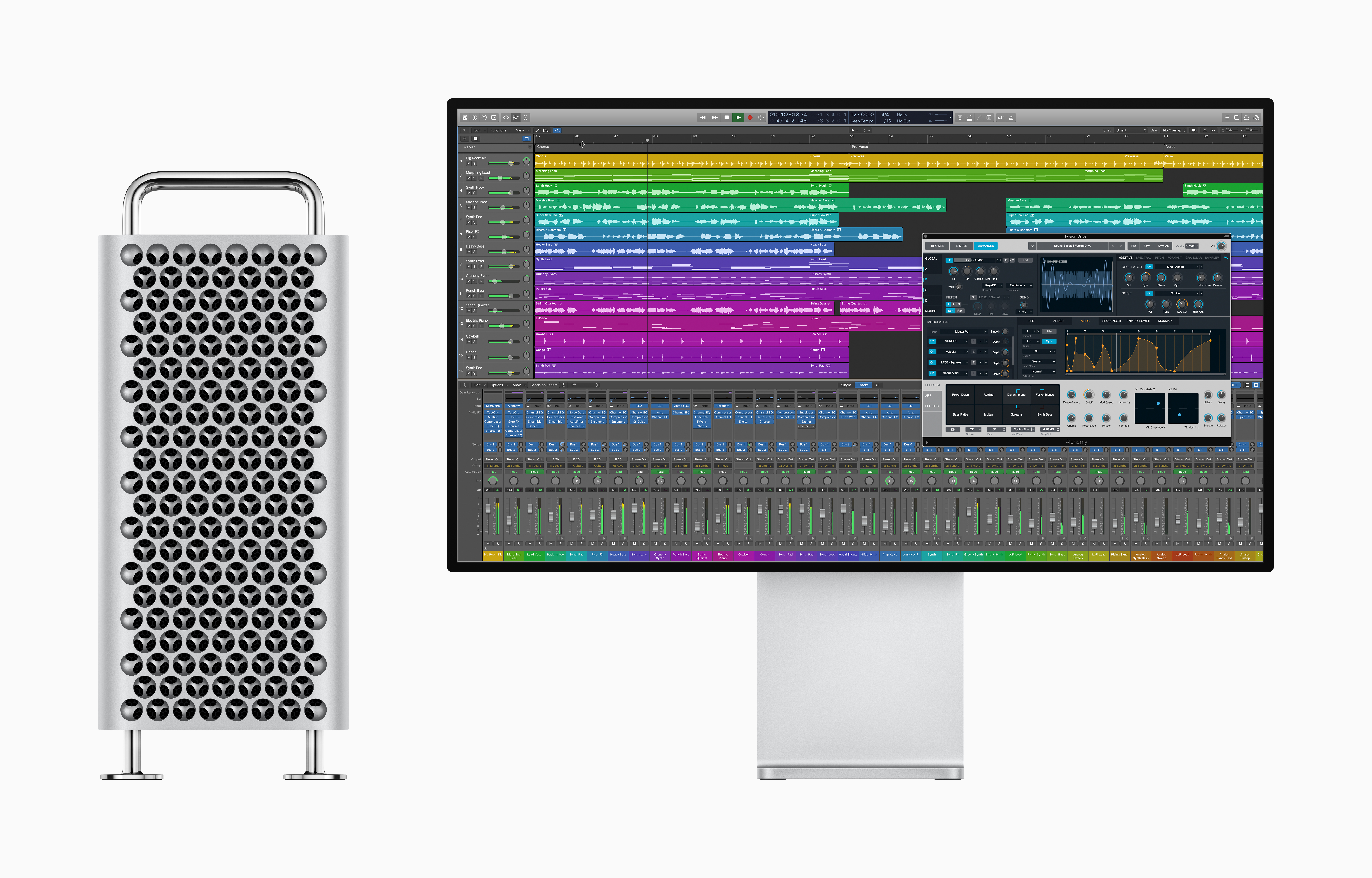
Furthermore, most of these pro audio software programs run on laptop or desktop computers, and that market is shrinking. Since a peak in 2014, shipments of desktops, laptops and tablets have all fallen, according to a forecast from market research firm Statista; desktop shipments are projected to drop by about 30 percent at the end of 2019 compared to their peak.
How do you raise prices in such a price-conscious category? We can take a cue from keyboards and from Apple. Customers were willing to pay more for keyboards that did more; and while people grouse about the price of Apple’s Mac Pro, on paper, it’s certainly a supremely powerful computer that, in many situations, will pay for itself long before the end of its useful life.
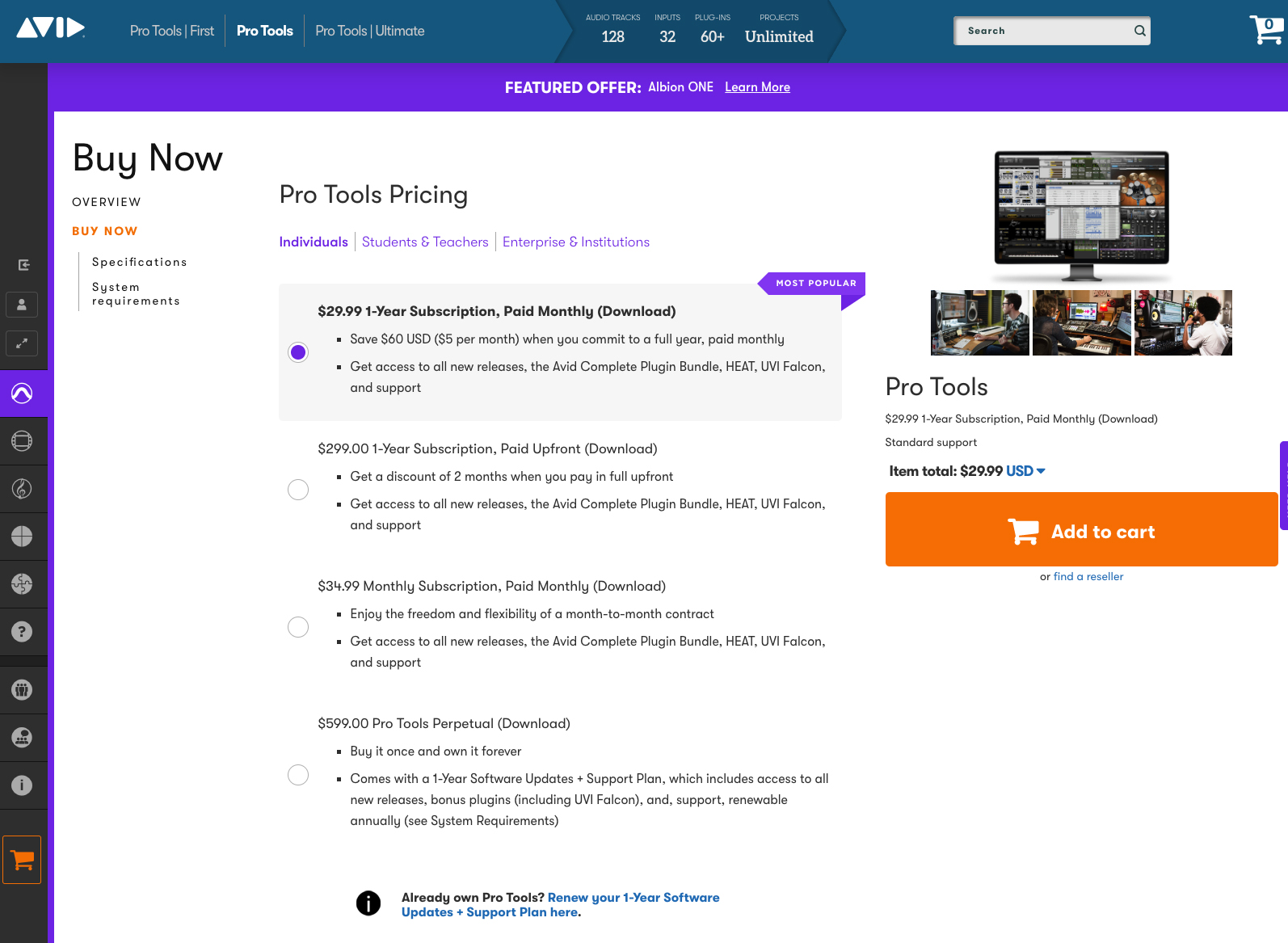
Another route is the one taken by Avid: change models, and change the price in the process. Although there’s been a lot of moaning about Avid’s Pro Tools pricing, and no one likes spending more money, we may not have much choice if manufacturers want to stay in business. Products from companies that adopt the software-as-a-service (SaaS) model (aka subscriptions) will have a de facto price increase because customers commit to pay on a regular basis to keep using the software. Users complained vociferously when Adobe went to an all-subscription model, and revenue dropped after it was introduced. Yet since then, revenues have increased steadily; Adobe’s strategy to ditch one-time, expensive purchases in favor of inexpensive monthly subscriptions has been very successful. About 86 percent of Adobe’s revenue now comes from recurring subscriptions, and that percentage will continue to grow as those using legacy products will have to convert to the subscription model because of factors including operating system deprecation and computer hardware upgrades.
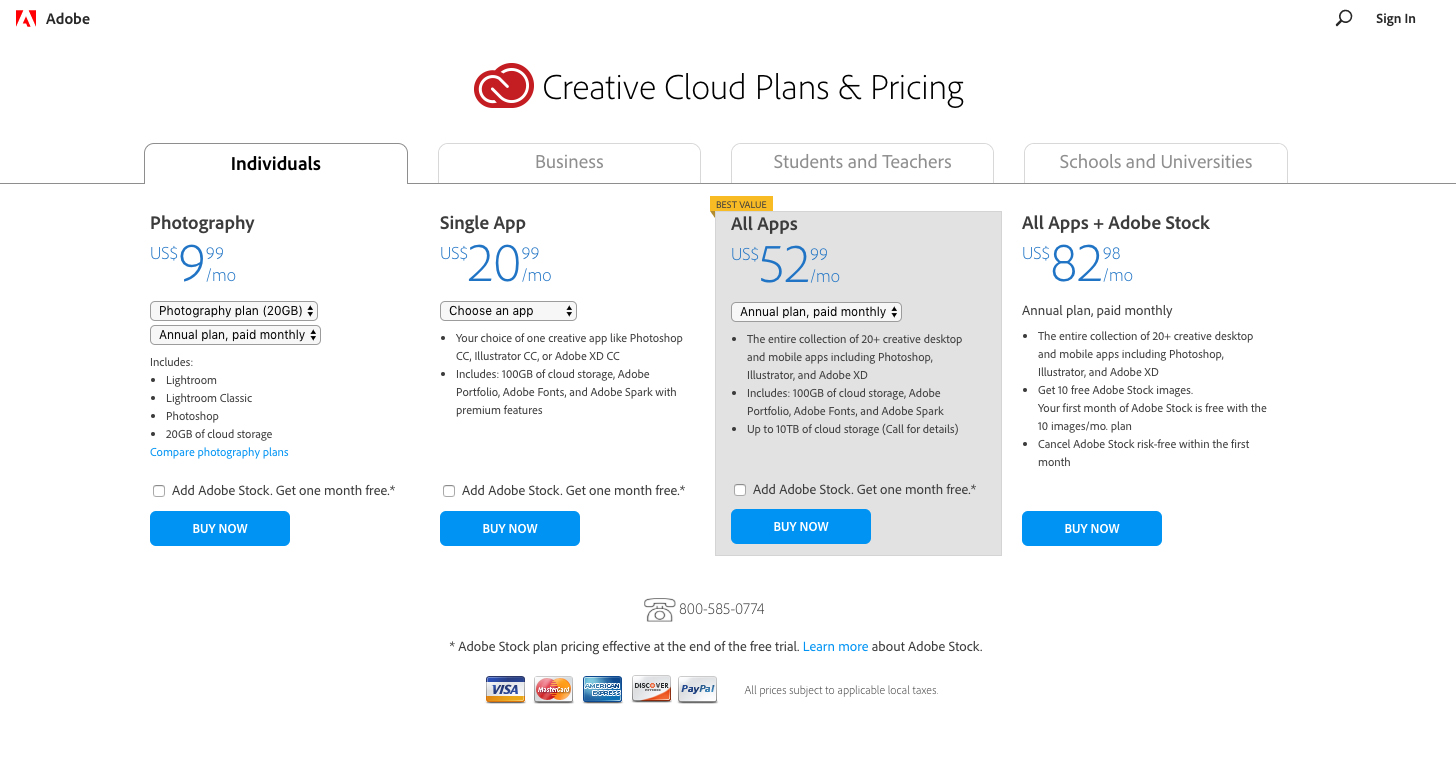
Another option is to redo and rebrand a product line. For example, Korg’s Kronos line of high-end keyboards, while having its roots in the company’s OASYS system, was a clear departure from what had come before. Most DAWs are currently configured as a core system bundled with selected effects and instruments, some of which are quite good. But no DAW has a sampler along the lines of Native Instruments’ Kontakt, or restoration tools like iZotope’s RX7. It’s possible that for pro audio, the idea of spending $1,499 or even $1,999 for a turnkey, rebranded production environment whose bundled additions consist of world-class software isn’t that far-fetched. The company could then, over time, transition that into a SaaS model that bundles in services discussed in last issue’s column, like automatic backup and diagnostics. Meanwhile, it can continue selling existing $499 DAWs (which seems to be the going price) to cover a different pricing tier under the original brand, but slow down development.
Related: Software Tech: The Services Industry? by Craig Anderton, Aug. 23, 2019
Professionals have never been more dependent on these tools—yet many of the problems we encounter are due to conflicts among software, operating system, plug-ins and drivers. We are essentially using modular systems, but with modules made by different companies. The closer we get to a turnkey solution, the better. The Apple Mac Pro/Logic model is almost there, but if at some point we could buy an integrated package under the stewardship of a single manufacturer that would contain the majority of tools we need (or better yet, an expandable, modular system), it might well be worth a higher price tag.
Want more stories like this? Subscribe to our newsletter and get it delivered right to your inbox.
